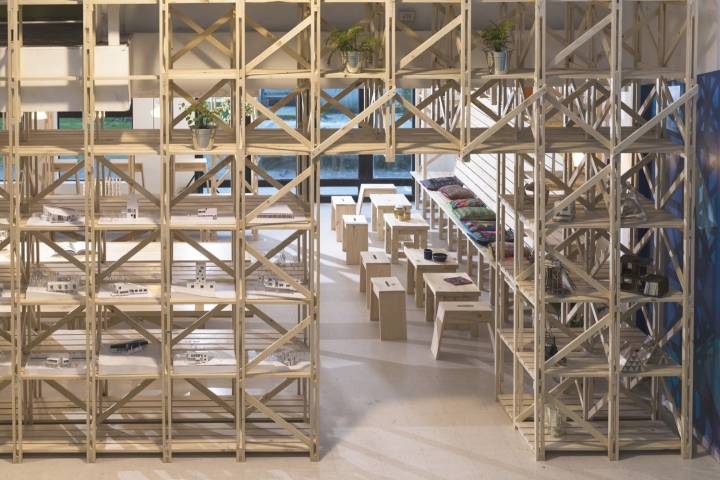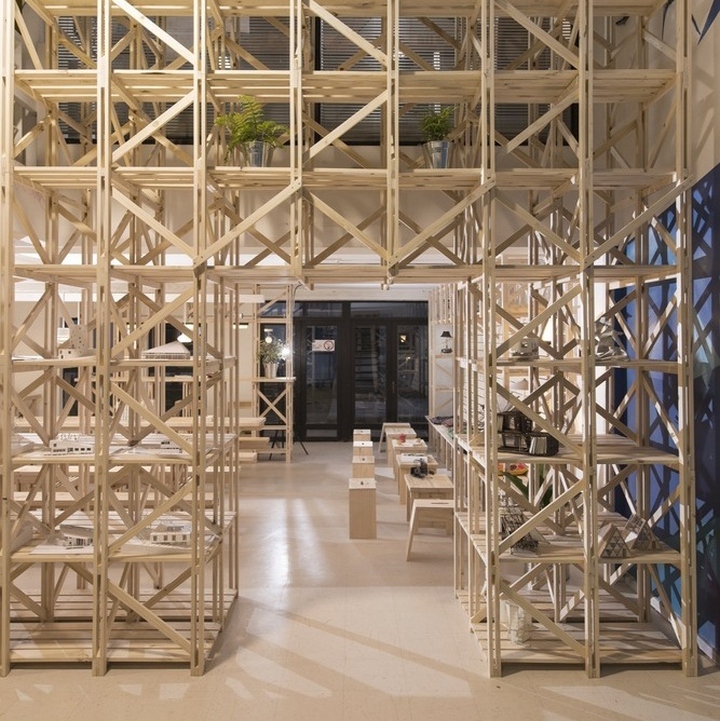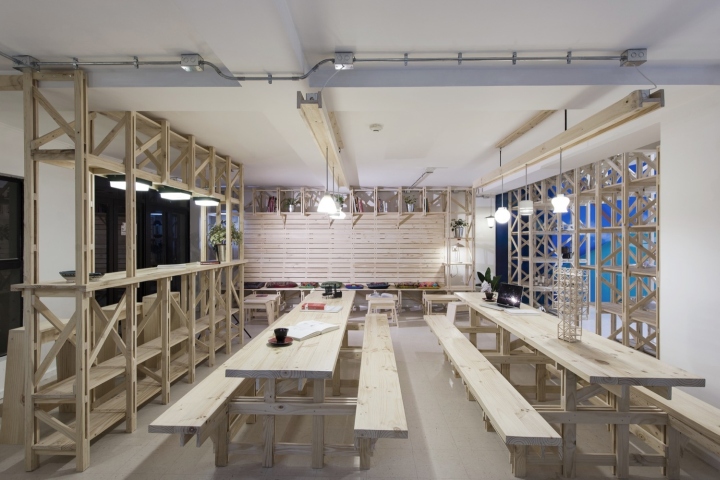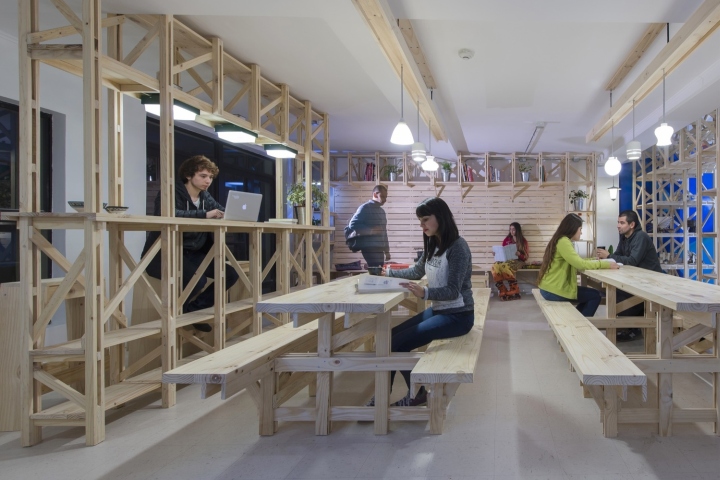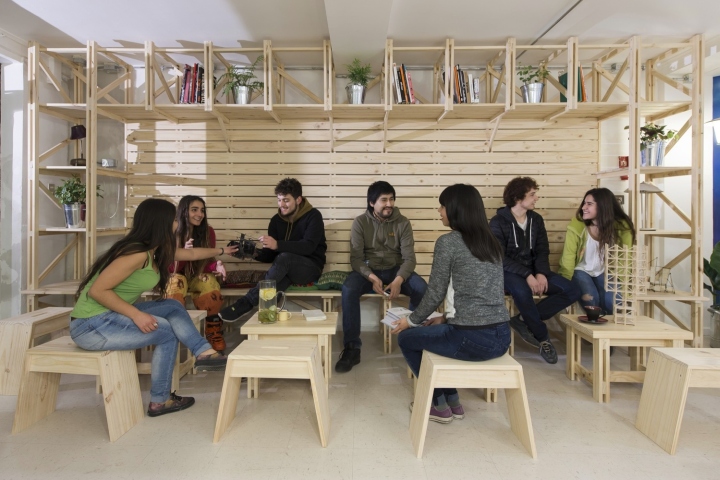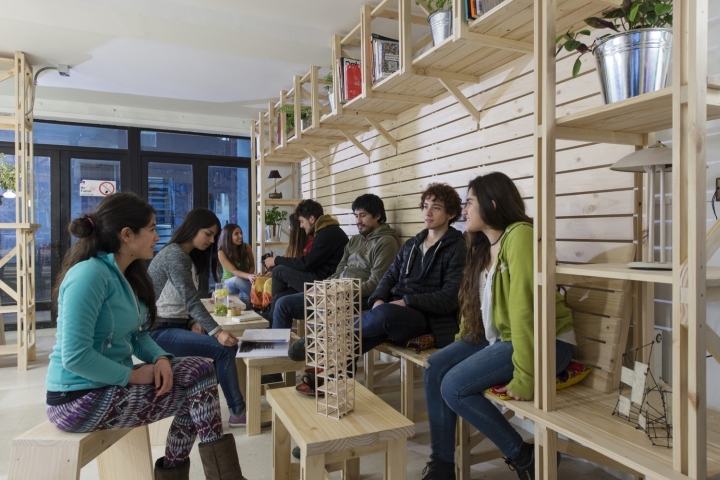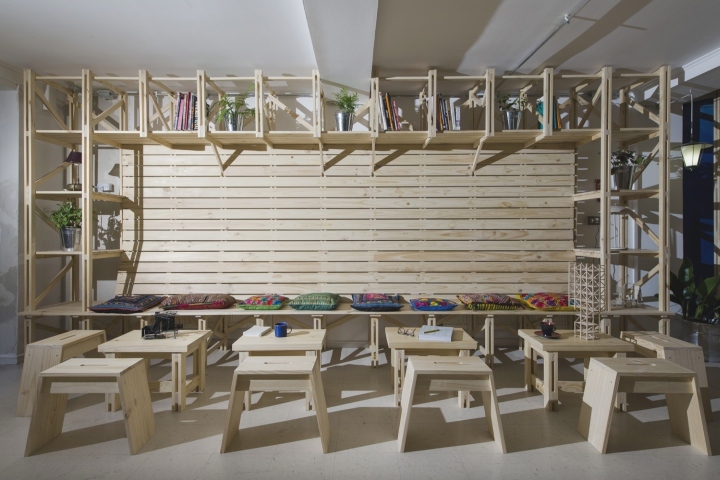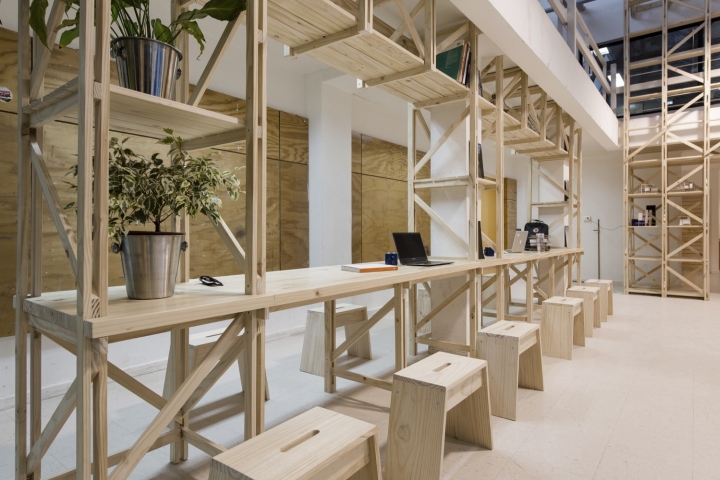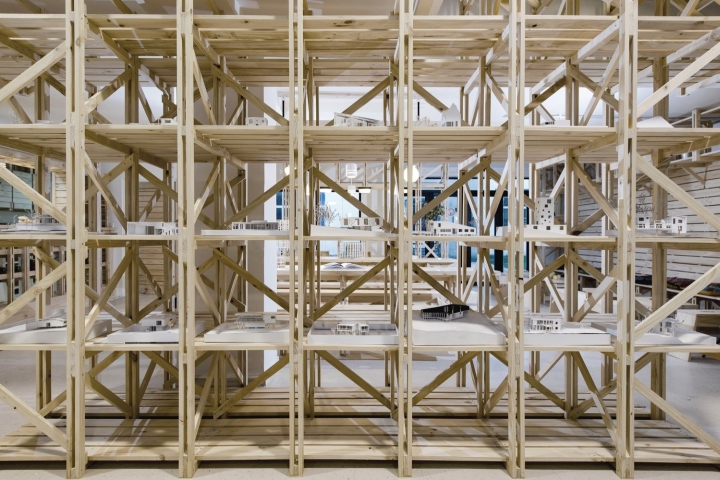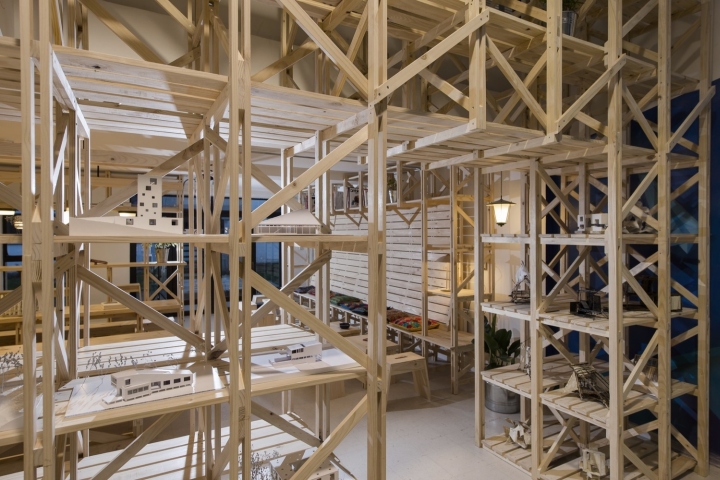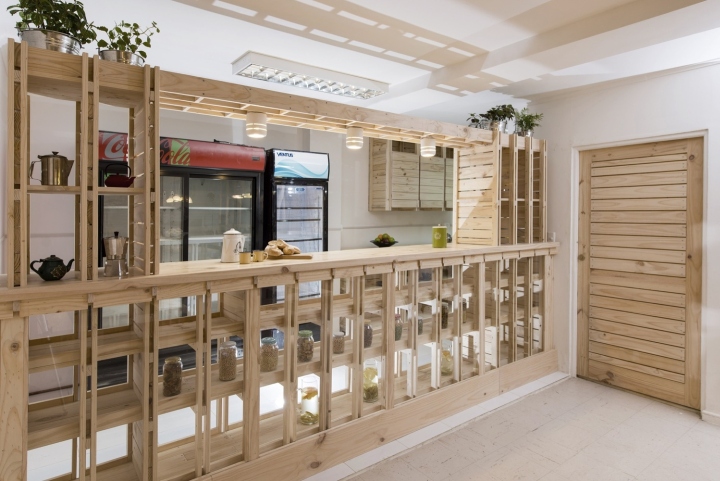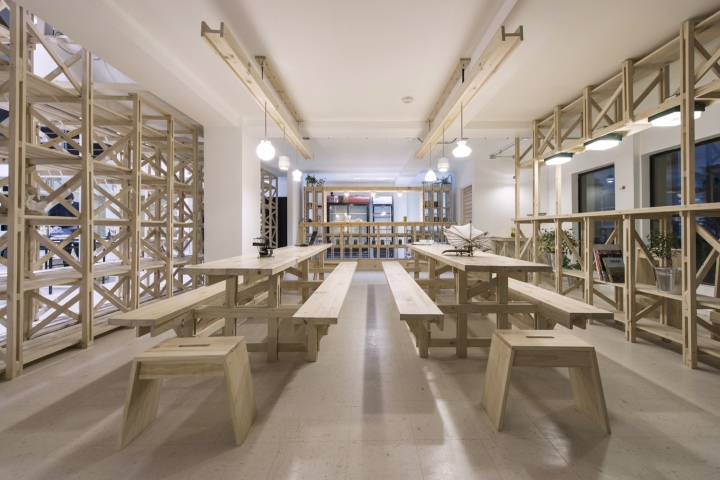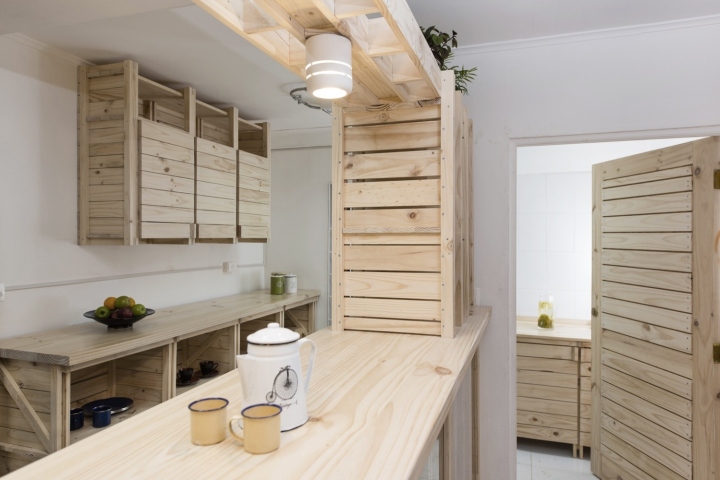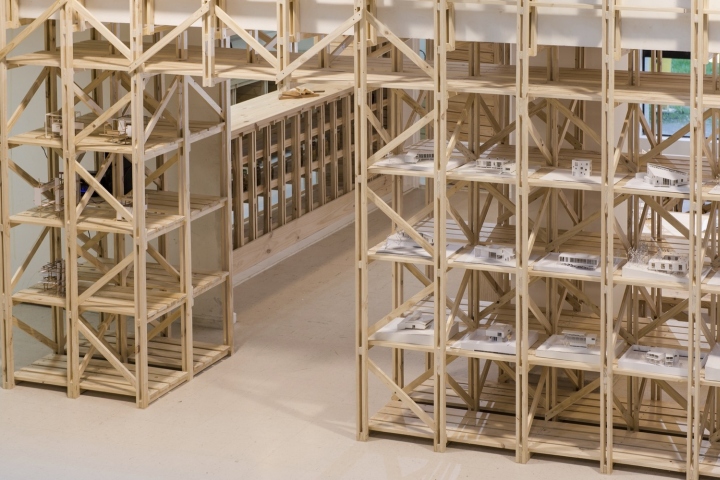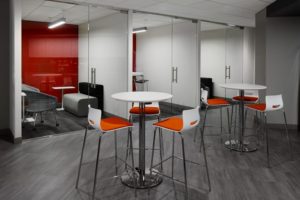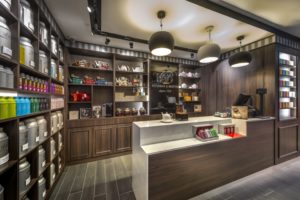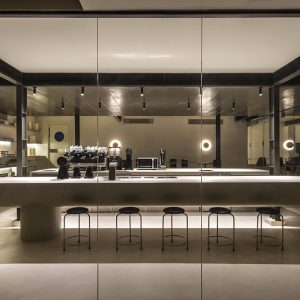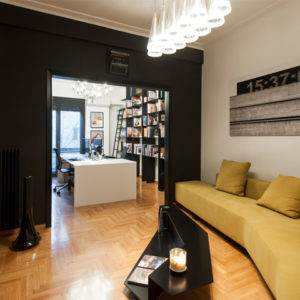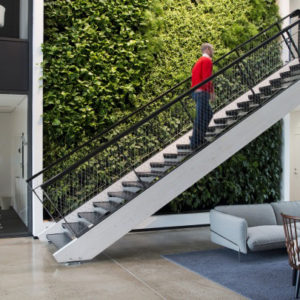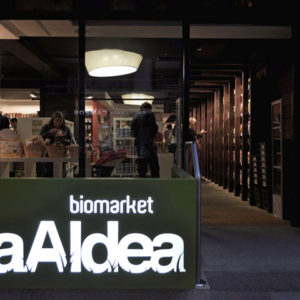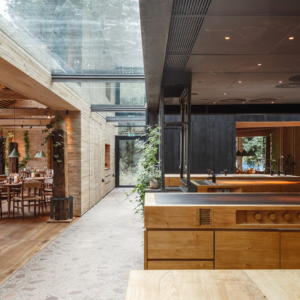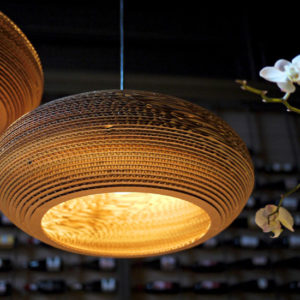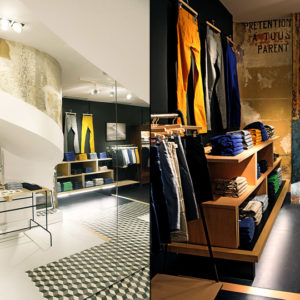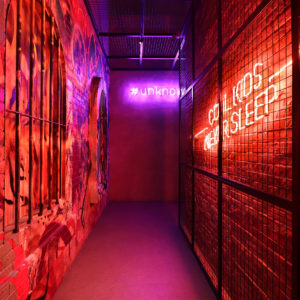
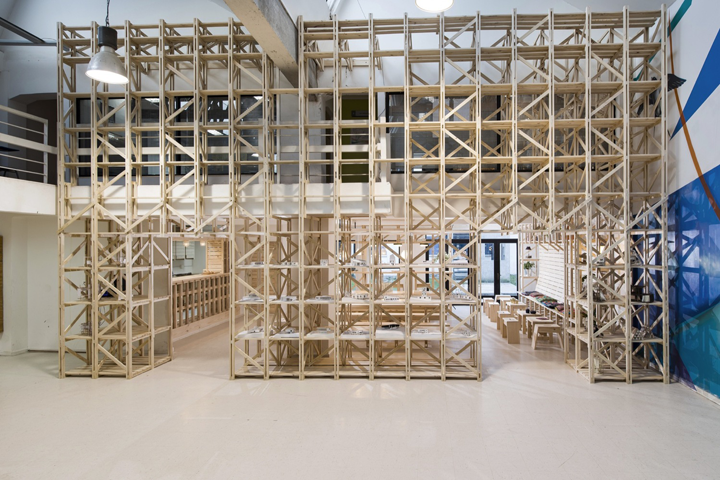

The School of Architecture of the University of Biobio, located in Concepción, was founded in 1969. This School is a community of approximately 500 people and its infrastructure has workshops exclusively to work in, and a double height central space for meetings known as “Hall del Pilar” (hall of the column). This space is a witness of assembly’s, parties, expositions and has always been the heart of the school.
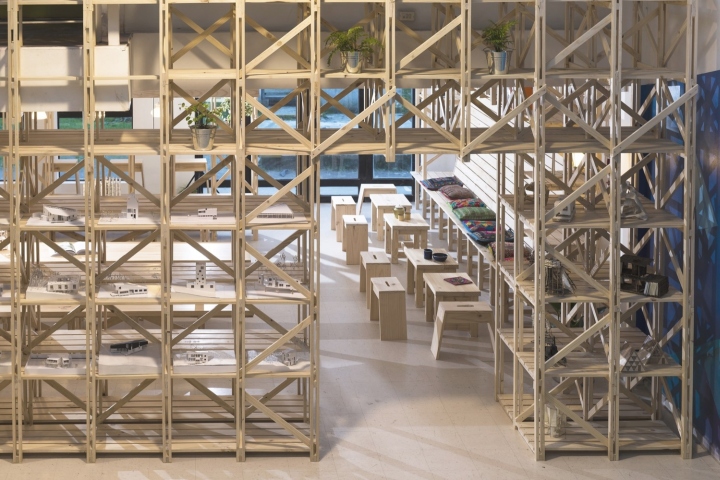
In the year 2006 the building was remodeled and due to the changes the cafeteria hall lost its character, turning into an ambiguous space that ended up disappearing in 2015 leaving a unoccupied place that left the heart of the school empty of its activities. In the beginning of the year 2016, the need to rethink the available space of the cafeteria was urgent. For this a new work alliance was created between the School of Architecture, the workers of the University of Biobio (Afunab) and the students.
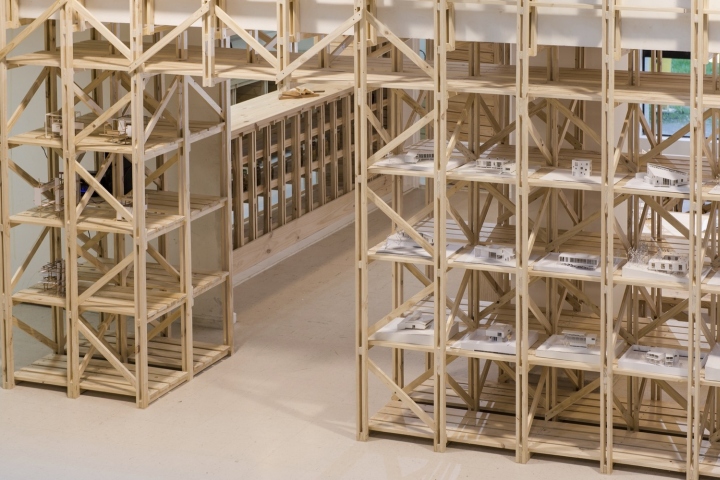
This joint effort came to give life to a space with no program, adding the proposal from the architects that wanted to give back to the school that special meeting and discussion area, in a context of productive creativity. The proposal searches to generate a containing element for the cafeteria space, a configurant, that at the same time holds the activities that occur in the “Hall del Pilar”. This new element separates with out isolating, respecting the relationship between both spaces.
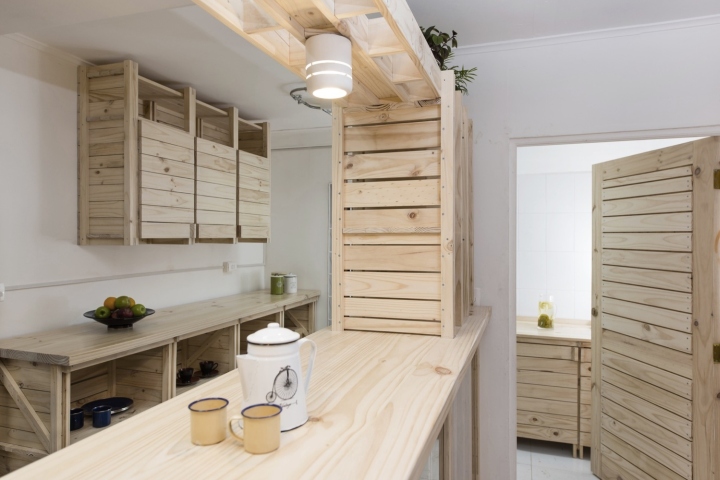
With two openings, it distributes the accesses and organizes the paths that the Hall used to have as a space to go through, giving this place neutrality that could gather teachers and students of the School of Architecture UBB. Scaffolds for the memories: a scaffold is before everything a structure, self-supporting and a grid based skeleton that is used to help the construction of another structure. The new cafeteria considers wood scaffolds, its prime functions is to take distance from the Hall del Pilar.
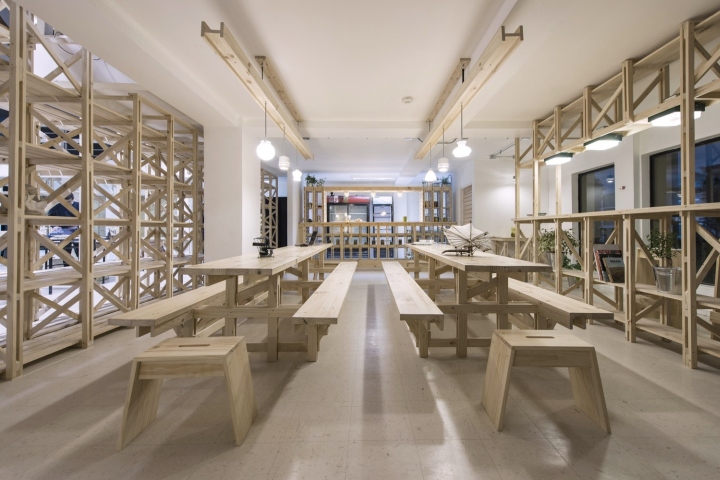
This scaffold is formed by a number of small boxes of 50x50x50 cm, it is a separator but also an empty space available to be filled of objects and productions. This space was thought to establish a diffused and transparent limit, a great vertical showcase that allows to expose memories and what has been done. So this way the architecture hallway can be filled with small meaningful objects that add up to the day to day life.

Three places to be: in the interior, the cafeteria unites three ways of interaction. The first is the social table, made by two camping tables for 20 people, with a little ceiling to share with someone that sits in front or on the side. The size of the surface of the table is 56 cm wide and allows to create bonds and direct dialog, but at the same time gives the enough freedom to not feel invaded by a close neighbor. The bar, is a furniture that creates a space for people to enter from the exterior of the cafeteria.
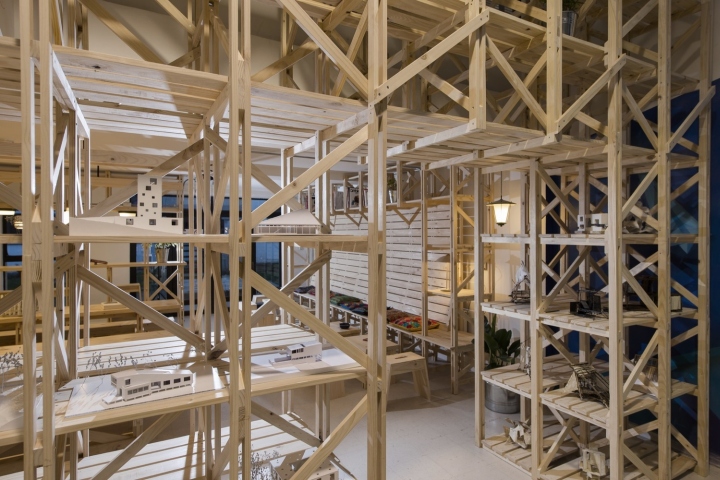
Its allowed to be used standing up or to be sited on 4 tall stools of 70cm. The thin table top lets its users reunite and have coffee for a few moments or sitting down, in a frame full of shelves of the bar, getting a general panoramic view of the “Hall of Architecture”. The embedded bench of 4m long covers the whole back wall, there are two shelves that have a small angle and act like a back support being able to receive users as if it was a couch in a home.
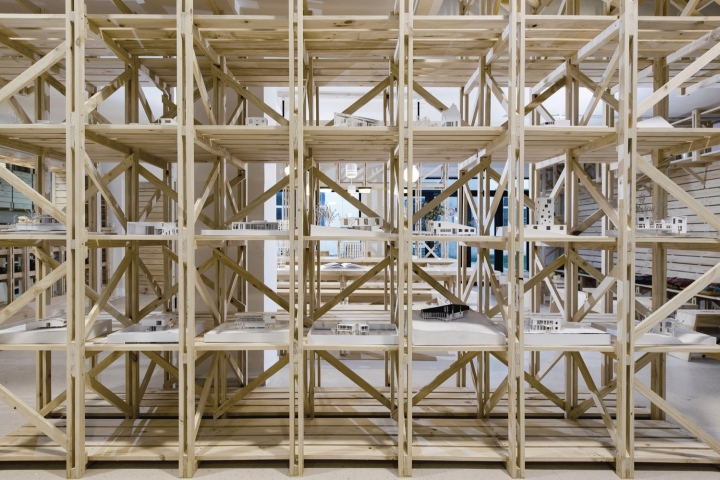
The furniture keeps underneath it, benches and chairs that allow the flexible use of the space according to the needs of the encounter. In some moments circles are created for meetings surrounding the bench and the other tables are staked to form working surfaces, installing portable computers on top of them. This furniture creates one of the most dynamic spaces inside of the cafeteria, allowing students, teachers and the public in general to adjust to their own criteria the disposition of the furniture that the proposal gives.
Architects: República Portátil
Photography: Gino Zavala
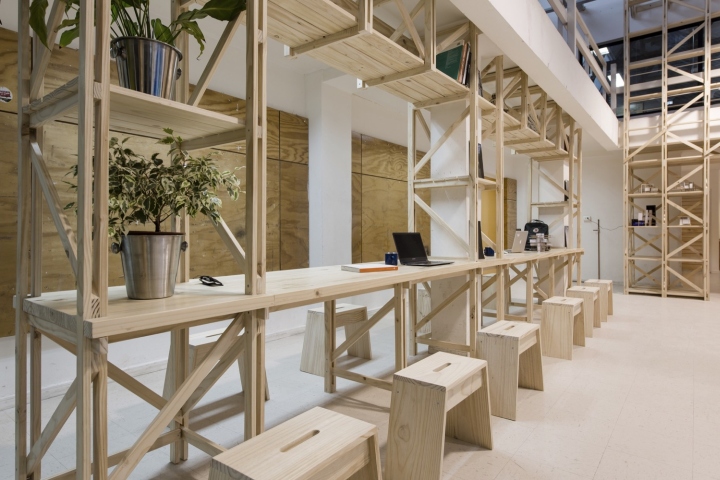

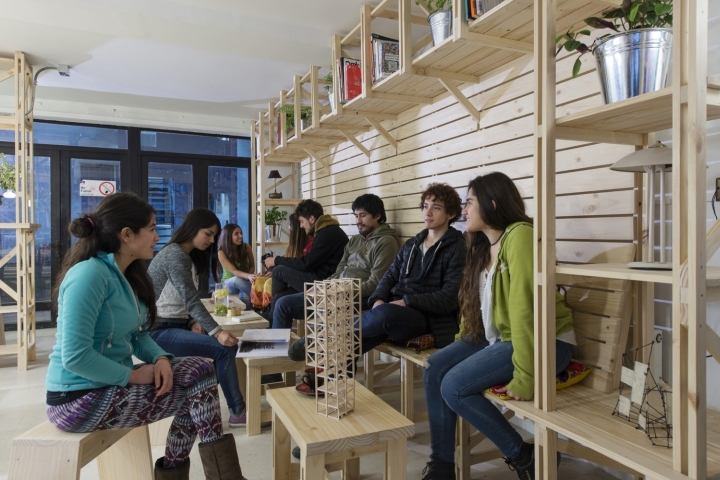



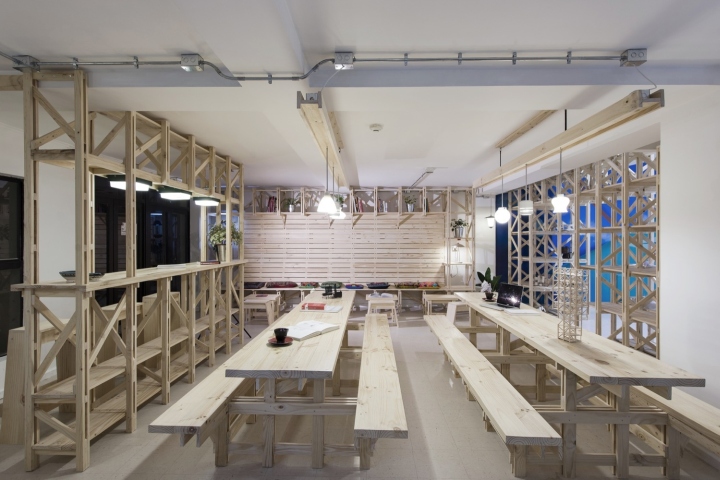
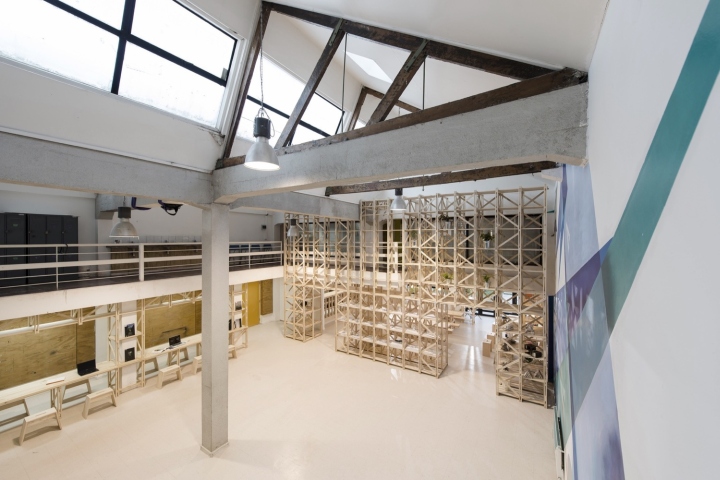

http://www.archdaily.com/800561/hall-cafe-republica-portatil
















